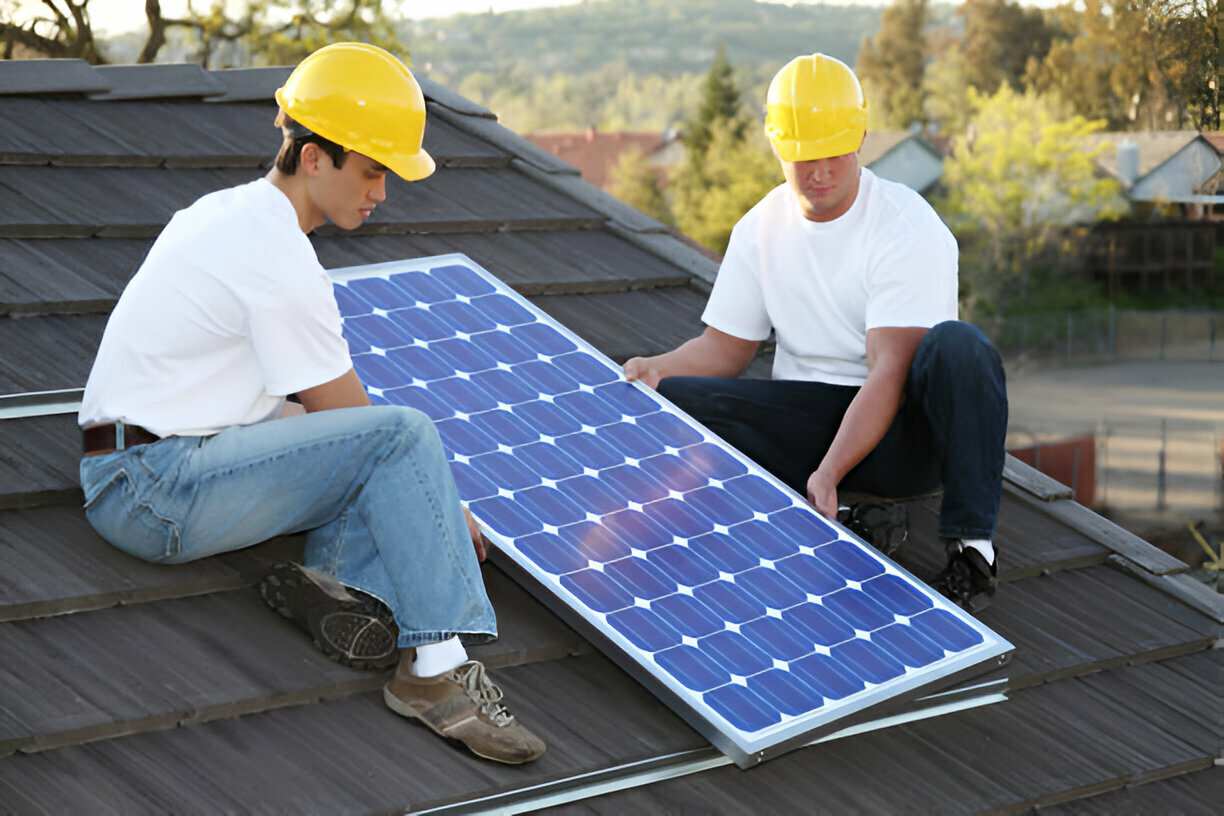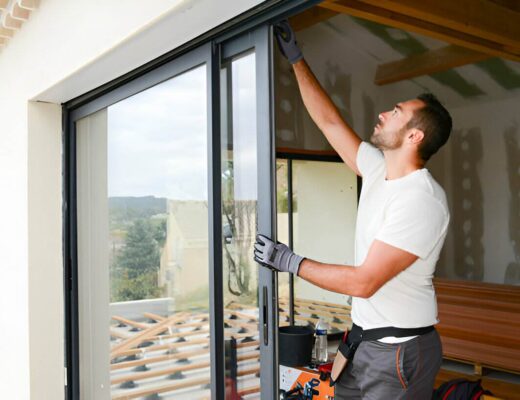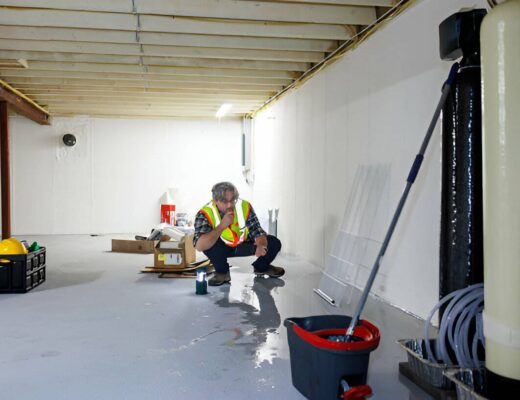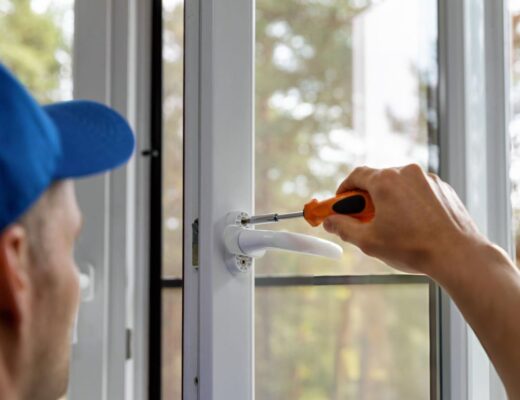As more homeowners embrace solar energy to reduce their carbon footprint and energy costs, they often encounter unexpected challenges during the installation process. While the benefits of solar power are undeniable, understanding and preparing for these hurdles can make your journey to clean energy much smoother.
This article explores five main challenges you may face when installing solar panels on your home, providing insights to help you navigate the process successfully.
Structural Integrity and Roof Suitability
One of the primary concerns when installing solar panels is ensuring your roof can support the additional weight. Solar panels, though relatively lightweight, can add significant stress to your roof’s structure. This is especially true when combined with mounting hardware and potential wind loads.
Before proceeding with installation, it’s crucial to have a professional assess your roof’s condition and structural integrity. They can determine if reinforcements or repairs are necessary to safely support the solar panel system.
Additionally, factors like roof age, slope, and orientation play vital roles in the suitability and efficiency of your solar installation.
Shading Issues and Panel Placement
Maximizing solar panel efficiency requires optimal exposure to sunlight throughout the day. However, many homes face challenges with shading from nearby trees, buildings, or even parts of the house itself like chimneys or dormers. These obstructions can significantly reduce the energy production of your solar system.
Conducting a thorough shade analysis is essential to identify potential issues and determine the best placement for your panels. In some cases, tree trimming or creative panel arrangements may be necessary to mitigate shading problems.
Remember, even partial shading on one panel can affect the performance of the entire system, making proper placement crucial for maximizing your investment.
Electrical System Upgrades
Many older homes lack electrical systems capable of handling a solar panel array. One common challenge is the need for upgrades, as your existing panel may require modifications or even full replacement to ensure safe and efficient solar integration.
A comprehensive evaluation of your home’s electrical infrastructure is necessary before installation begins. This assessment will determine if upgrades like a new service panel, additional circuits, or wiring improvements are required.
While these upgrades add to the initial cost, they are essential for ensuring the safety and efficiency of your solar energy system.
Navigating Permits and Regulations
The permitting process for solar panel installation can be complex and time-consuming. Each municipality may have different requirements, including building permits, electrical permits, and zoning approvals. Additionally, homeowners’ associations (HOAs) may have specific rules regarding solar panel installations that need to be addressed.
Navigating this regulatory landscape can be challenging for homeowners unfamiliar with the process. It often involves submitting detailed plans, scheduling inspections, and ensuring compliance with local building codes.
Working with experienced solar installers can help streamline this process, as they are typically familiar with local regulations and can handle much of the paperwork on your behalf.
Financial Considerations and ROI
While solar panels provide long-term savings, the upfront cost can be significant. Installation expenses vary by system size, equipment, and home upgrades. Exploring financing options, incentives, and ROI is key to making solar more affordable.
It’s important to carefully evaluate different financing options, such as solar loans, leases, or power purchase agreements (PPAs). Additionally, researching federal, state, and local incentives can help offset costs.
Consider factors like electricity rates, energy consumption patterns, and the long-term savings potential when assessing the financial viability of your solar project. A thorough cost-benefit analysis will help you make an informed decision about your investment in solar energy.
Conclusion
Installing solar panels on your home is a significant step towards sustainable living and energy independence. While challenges like structural concerns, shading issues, electrical upgrades, permitting complexities, and financial considerations may seem daunting, they are not insurmountable.
By understanding these potential hurdles and working with experienced professionals, you can navigate the installation process successfully. With proper planning and execution, you’ll be well on your way to harnessing clean, renewable energy and enjoying the many benefits of solar power for years to come.




